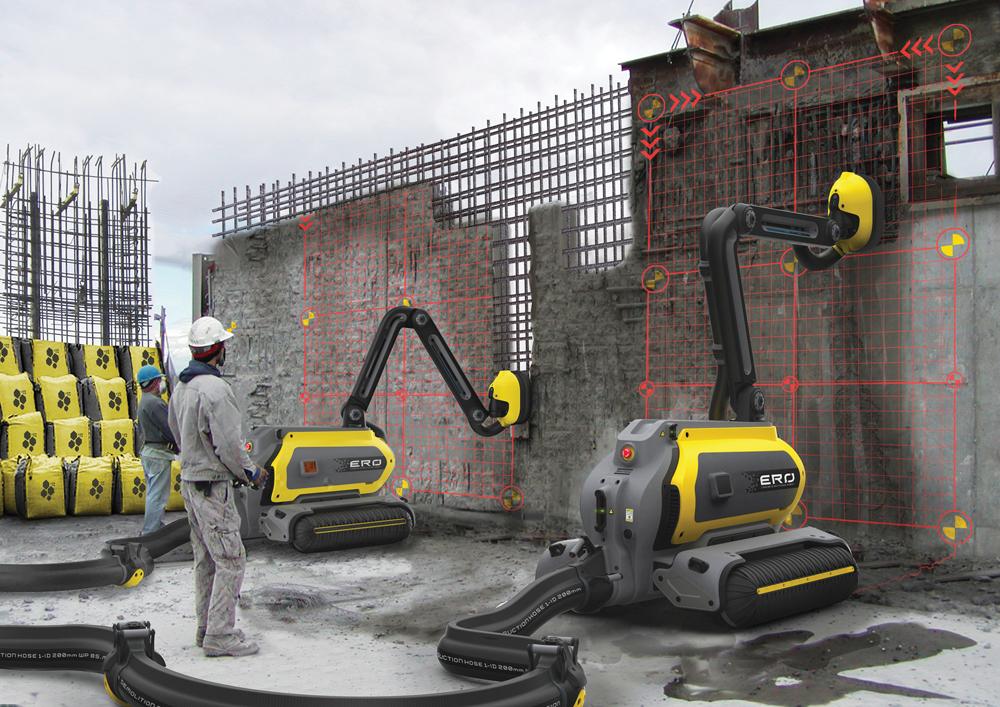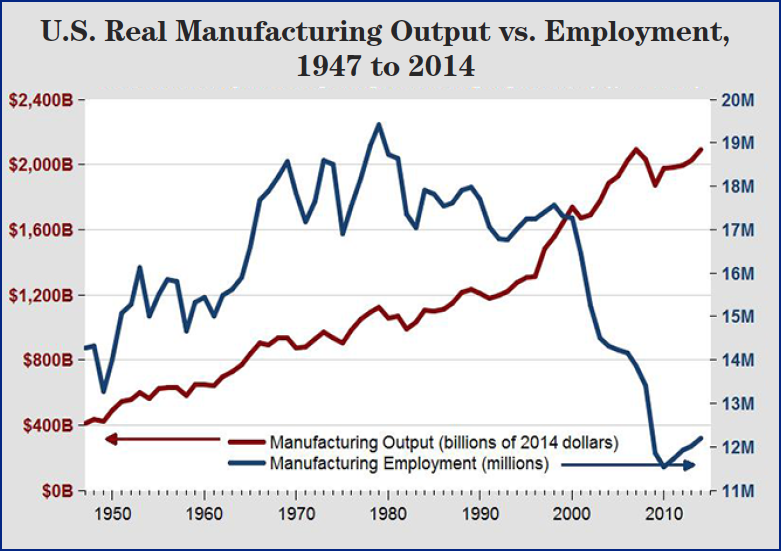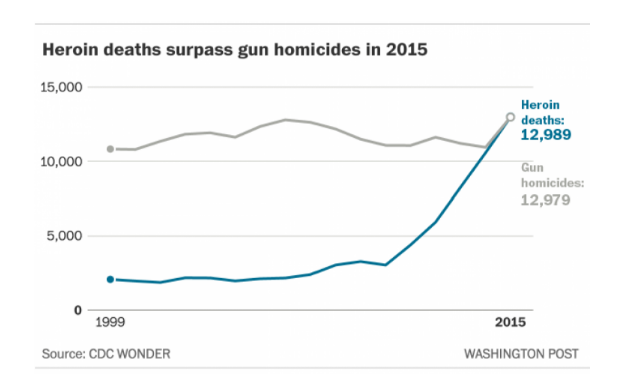It’s time to polish up the HSA crystal ball and prognosticate on what the next year will bring for workers’ comp.
Today we’ll keep it at a high level, examining 5 key drivers that will affect insurers, employers, regulators.
Tomorrow we’ll predict how those high level drivers will affect different stakeholders.
Here goes…
- Premiums will rise as employment and wages continue to grow.
GDP is growing strongly, (predictions are for growth above 3.2% for the last half of this year) employment and wages are up, consumer spending and housing prices are increasing. As long as as the new administration doesn’t start a trade war, things are looking good for employment and payroll, which are key drivers of work comp premiums.
Note – this is NOT to say work comp insurance rates will rise, but rather there will be more payroll and more people working, so the impact of flat or lower rates will be overcome by higher employment. - Medical costs will remain flat or close to it.
The first “official” indicator will come when NCCI Chief Actuary and all-around really smart person Kathy Antonello reports preliminary data on WC medical inflation at the Annual Issues Symposium in May. My bet is we’ll see inflation in the very low single digits – or even less. - Frequency will continue to decline.
Because it always does. - Insurers will double down on efforts to reduce administrative expenses.
With frequency down, investment returns decreasing, and medical costs flat, premium rates are headed down as well. Many work comp insurers seem to think the only thing they can really control is admin expense.
So, we will see increased efforts to cut Unallocated Loss Adjustment Expense – cost categories such as general office expense, staffing, IT. And, payers will look to assign admin expense to individual claims whenever and wherever they can (more on this in a later post).
That’s not to say they won’t be working on reducing Allocated Loss Adjustment expense (costs that are allocated, or assigned, to specific claims). They will. - More payers will move their claims adjusters to home offices.
Okay, one not-macro-level prediction.
A good friend and colleague reminded me of this trend; I’ve been seeing it for some time, but didn’t realize how widespread the trend is until he made that observation. There are many reasons for this trend; lower administrative expense, easier to hire and retain good staff, dramatic improvements in technology and communications,
What does this mean for you?
Methinks this is the calm before the storm. The new administration may well be highly disruptive, however we won’t see any real impact until 2018 at the earliest.
Fortune favors the prepared. (quoting Dr Louis Pasteur)




